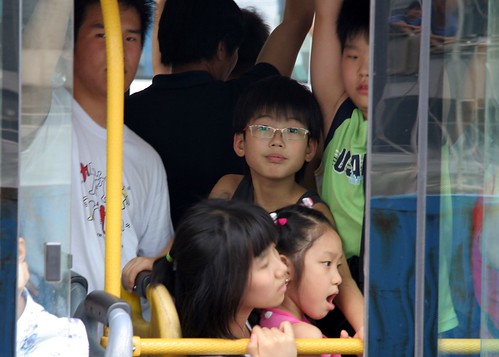 The Fiancé and I have talked about how many kids we want, and what names we’ll call them. We have more girl names than boy names, mainly because in my opinion, girl names are a lot more fun to think up than boy names. But according to a recent NY Times article, Asian couples living in America — particularly Chinese, Indian and Korean — may face a different scenario. In those communities, there are a disproportionately high number of male children in families with two or more children.
The Fiancé and I have talked about how many kids we want, and what names we’ll call them. We have more girl names than boy names, mainly because in my opinion, girl names are a lot more fun to think up than boy names. But according to a recent NY Times article, Asian couples living in America — particularly Chinese, Indian and Korean — may face a different scenario. In those communities, there are a disproportionately high number of male children in families with two or more children.
Census survey data from the year 2000 points out that Chinese, Korean and Indian families who already have one daughter are more likely to have a second child who’s a boy; if the first two children are both girls, then the third child is even more likely to be a boy. If at first you don’t succeed in having a son, try, try again. And again. These same families also consider other options to ensure a male birth, like in vitro fertilization or sperm sorting. Or abortion.
Yes, we all know about China’s one-child policy — or, as the Chinese government calls it, the family planning policy — and how that has led to the increase in abortions and infanticides of female babies. And we all know that many Asian cultures prefer male children to female. But I had no idea the bias toward male children had extended to the United States.
Generally, there are slightly more male births in the U.S., by a ratio of 1.05 to 1. But in American families of Chinese, Korean and Indian descent, the likelihood of having a boy after the first child is a girl goes up to 1.17 to 1. If the first two kids are girls, the ratio of the third child being a boy goes up to 1.51 to 1. This doesn’t sound so bad, until you think about the mentality that goes into these numbers. That some families will abort if they find out they’re having a second or third girl.
Suddenly, having an unequal number of boy names and girl names thought up doesn’t seem so important after all.
(Flickr Photo credit: ernop)








